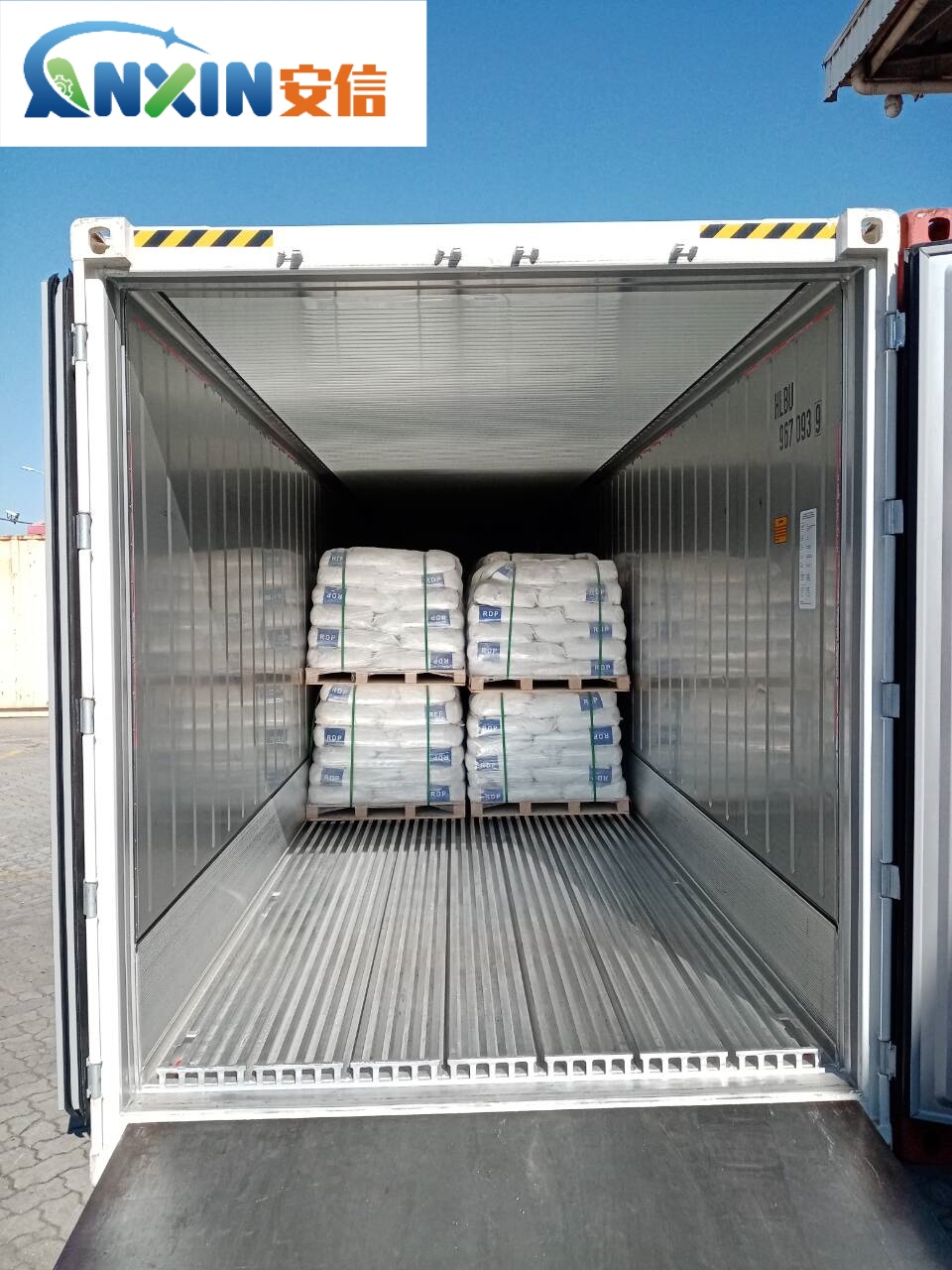The mechanism of action of Redispersible Polymer Powder(RDP) in dry mortar
Redispersible Polymer Powder(RDP) is a crucial additive in dry mortar formulations, offering a range of benefits such as improved adhesion, cohesion, flexibility, and workability. Its mechanism of action involves multiple stages, from dispersion in water to interaction with other components in the mortar mix. Let’s delve into the detailed mechanism:
Dispersion in Water:
RDP particles are designed to disperse rapidly and uniformly in water due to their hydrophilic nature. Upon addition of water to the dry mortar mix, these particles swell and disperse, forming a stable colloidal suspension. This dispersion process exposes a large surface area of the polymer to the surrounding environment, facilitating subsequent interactions.
Film Formation:
As water continues to be incorporated into the mortar mix, the dispersed RDP particles start to hydrate, forming a continuous film around the cementitious particles and other constituents. This film acts as a barrier, preventing direct contact between the cementitious materials and external moisture. This is crucial for reducing water ingress, enhancing durability, and minimizing the risk of efflorescence and other forms of degradation.
Enhanced Adhesion and Cohesion:
The polymer film formed by RDP serves as a bonding agent, promoting adhesion between the mortar and various substrates such as concrete, masonry, or tiles. The film also improves the cohesion within the mortar matrix by bridging the gaps between particles, thus enhancing the overall strength and integrity of the hardened mortar.
Flexibility and Crack Resistance:
One of the key advantages of RDP is its ability to impart flexibility to the mortar matrix. The polymer film accommodates minor substrate movements and thermal expansions, reducing the risk of cracking. Additionally, DPP enhances the tensile strength and ductility of the mortar, further improving its resistance to cracking under both static and dynamic loads.
Water Retention:
The presence of RDP in the mortar mix helps to regulate water retention, preventing rapid evaporation during the early stages of curing. This extended hydration period promotes complete cement hydration and ensures optimal development of mechanical properties, such as compressive and flexural strength. Moreover, controlled water retention contributes to improved workability and prolonged open time, facilitating easier application and finishing of the mortar.
Durability Enhancement:
By improving adhesion, flexibility, and resistance to cracking, DPP significantly enhances the durability of dry mortar applications. The polymer film acts as a protective barrier against moisture ingress, chemical attacks, and environmental pollutants, thereby extending the service life of the mortar and reducing maintenance requirements.
Compatibility with Additives:
RDP exhibits excellent compatibility with various additives commonly used in dry mortar formulations, such as air entrainers, accelerators, retarders, and pigments. This versatility allows for the customization of mortar properties to meet specific performance requirements for different applications and environmental conditions.
the mechanism of action of dispersible polymer powder in dry mortar involves dispersion in water, film formation, enhanced adhesion and cohesion, flexibility and crack resistance, water retention, durability enhancement, and compatibility with additives. These combined effects contribute to the improved performance, workability, and durability of dry mortar systems across a wide range of construction applications.
Post time: Apr-13-2024
